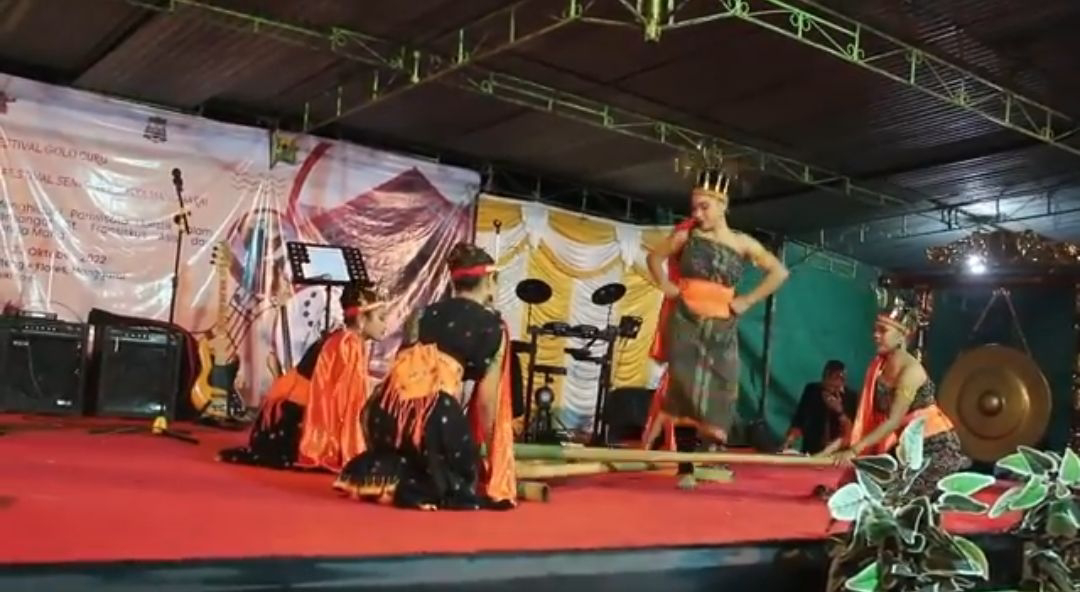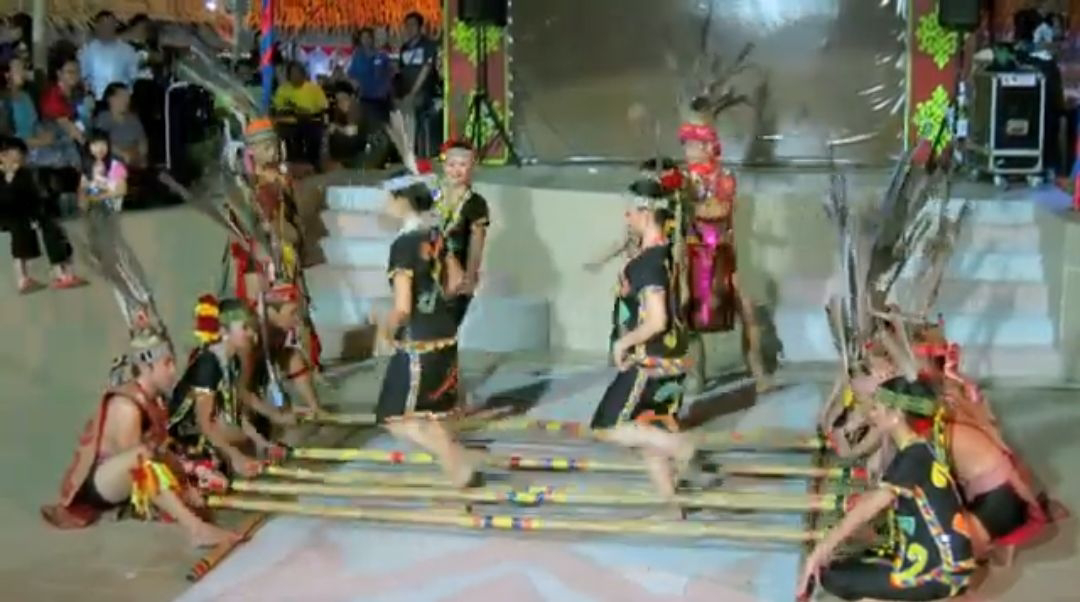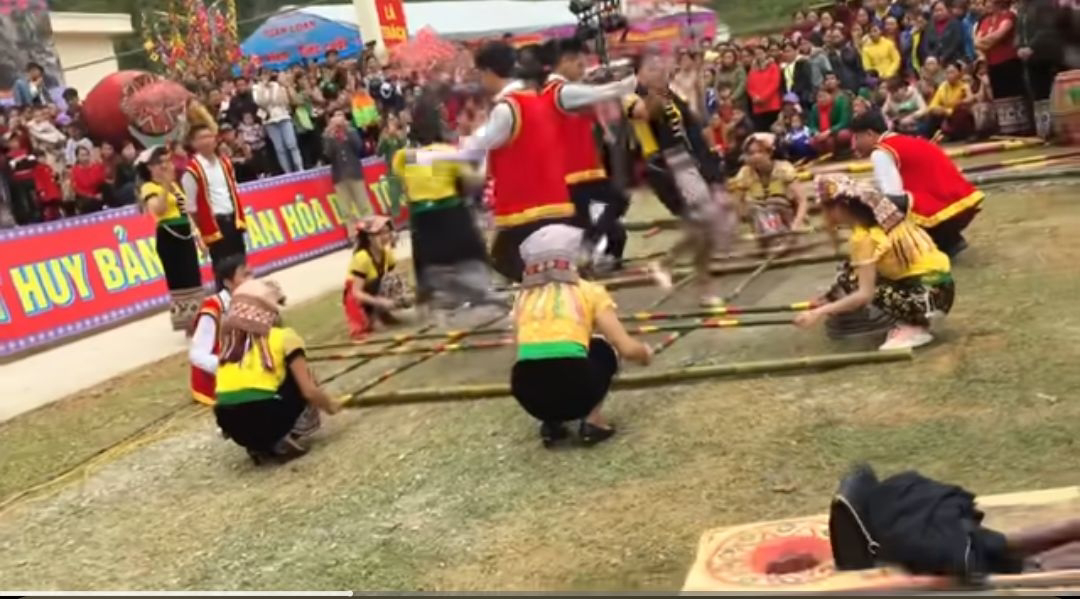The Multiverse of Bamboo Dances.
Traditional dances often reflect the values, beliefs, and history of a particular culture or community. The movements, costumes, and music used in these dances can tell stories, depict rituals, or celebrate important events, thereby embodying the essence of cultural identity.
Later in life, I discovered the Singkil, the Moro (Muslim-Filipino) equivalent of the bamboo dance. In this version, elements of the Maranao Darangen are weaved into the performance. The two main dancers role play as Princess Gandigan and Prince Buntugan. The dance tells the tale of Princess Gandigan's escape from evil forest spirits and is complimented by native Moro instruments such as the kulintang gong and flutes.
Throughout my life, I've always believed the bamboo dance to be uniquely and exclusively Filipino. If there is one thing the Filipinos should be proud of and call their own, the bamboo dance should be their main contender. In my quest to learn more about Filipino culture and its role in the greater Southeast Asian universe, I have discovered that the bamboo dance is, in fact, not exclusive to the Filipinos.
Bamboo Dances of Southeast Asia.
Indonesia
Malaysia / Brunei
Thailand / Laos
Cambodia
Vietnam
Myanmar
Taiwan
China
India - Mizo
The Tinikling and Singkil have long been hailed as dances natively and proudly "Pinoy", and although these variants of the bamboo dance are indeed uniquely Filipino, the bamboo dance in itself is not. This universal list of bamboo dances highlights the genetic and cultural heritage shared by the Filipinos and their Austronesian kindred throughout Southeast Asia, India and China.
Genetic studies have shown that these regions have been interconnected through migration and trade for thousands of years. The similarities in the bamboo dances, in terms of their movements, rhythms, and costumes, suggest a common ancestry and cultural diffusion.
These dances, rooted in tradition, serve as a reminder that no culture exists in isolation. Our world was founded on the interconnectedness of human societies and the enduring power of cultural traditions, such as dances, are expressions of our unity and commonality with one another. We should celebrate that.













Comments
Post a Comment